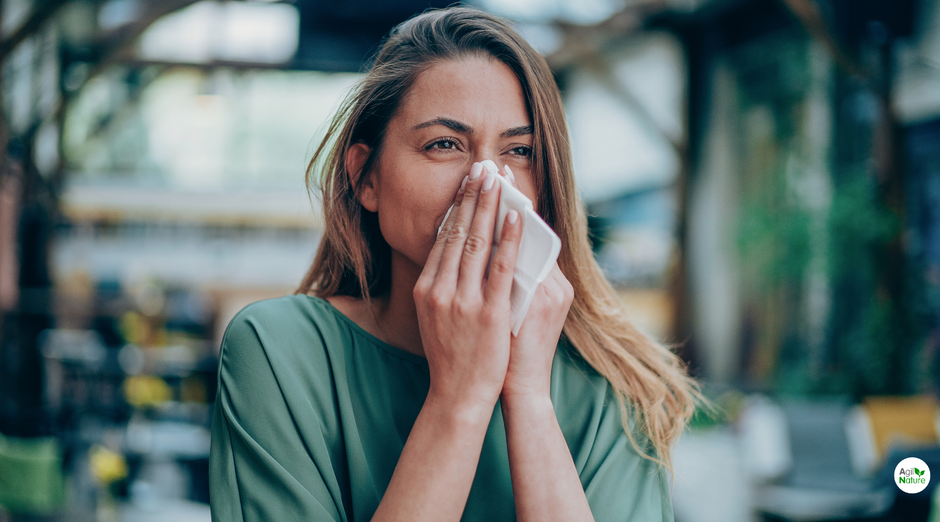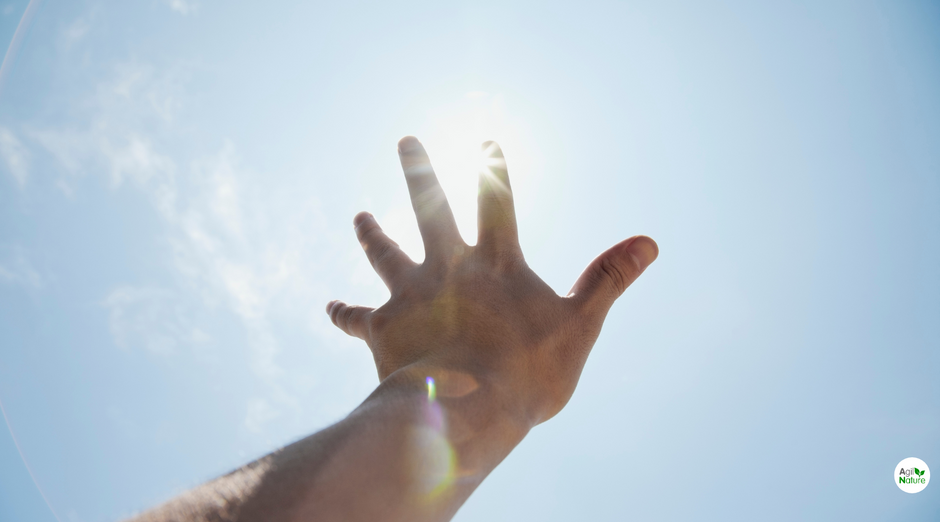Around seven million Germans suffer from bone loss. Despite this, osteoporosis is relatively unknown. Even those affected often do not know about the disease, which is tearing at their skeleton. Osteoporosis has developed into a secret widespread disease. We tell you what you can do to strengthen your bones.
The word osteoporosis stands for the clinical picture of the "porous bone". It comes from the Greek: "Osteon" means bone, "Poros" is the pore. In osteoporosis, bone mass decreases, which is associated with increased fragility. Osteoporosis does not only occur in postmenopausal women, as has long been incorrectly claimed. Men are also affected by bone loss in old age. Younger women are more and more frequently affected by softening of the bones (osteomalcia).
Bone loss begins at age 35
Bones are often thought of as rigid, lifeless tissue. But the opposite is the case. Our skeleton is like a large construction site. Bone mass is constantly being built up, remodeled and broken down by bone-forming (osteoblasts) and bone-degrading cells (osteoclasts). Half of the bone tissue is renewed within 5 years. (1) Bone formation predominates in childhood and adolescence. In young and middle adulthood there is a balanced balance. Until about the 35th The maximum bone density is reached by the age of one. The higher this is, the better the chance of benefiting from healthy bones in old age. After that, bone resorption begins. Especially in women after menopause, bone loss can sometimes be rapid. An undersupply of calcium at a young age always results in an increased risk of bone loss and increased bone fragility in old age. The loss of bone mass can be prevented, since bone mass can be preserved even in old age with appropriate measures. There are two main goals for preventing osteoporosis: to optimally build up bone mass at a young age and to keep bone loss as low as possible in old age (1).
Osteoporosis - a diet-related disease
There are various risk factors that favor the development of osteoporosis. Heredity plays an important role. This is because genetics determine bone structure and the speed at which bone is broken down. Osteoporosis that runs in families is a risk factor. (2) Gender also plays a role. Osteoporosis affects women much more often than men. Nevertheless, osteoporosis is not an inevitable fate in most cases. Like most civilization diseases, osteoporosis is one of the diet-related diseases. A healthy diet and an active lifestyle play a crucial role in preventing osteoporosis and maintaining healthy bones.
Proper nutrition strengthens bones
Most people know that calcium and vitamin D are important for maintaining healthy bones. However, the importance of vitamin K and silicon is often neglected.
Calcium - the bone mineral
A lifelong, adequate supply of calcium is essential for strong bones. Because if the body receives too little calcium with food, it gets it from the bones. In order to achieve maximum bone density and mass, it is important to ensure adequate calcium intake in childhood and adolescence. Even in old age, sufficient calcium must be supplied to counteract bone loss. To keep the bones healthy, 1200 mg of calcium should be consumed daily. Calcium-rich foods primarily include dairy products and various plant-based foods such as kale, soybeans, nuts and seeds.
Vitamin D as bone protection
Vitamin D plays a crucial role in the absorption of calcium from the intestine. Few foods, notably cod liver oil, oily fish, liver, margarine, and egg yolk, contain significant amounts of vitamin D (3). The daily vitamin D intake should be 20 µg to protect the bones. Plant-based foods contain hardly any vitamin D. Vegetarians in particular therefore need to ensure they get enough Vitamin D intake respect, think highly of. The body can also produce vitamin D itself. The synthesis takes place in the skin under sun exposure. But in autumn and winter, the production of vitamin D is greatly reduced. Face creams with a sun protection factor also prevent vitamin D production. In many cases, it is advisable to take vitamin D tablets, especially for older people, since the body's own vitamin D synthesis in the skin is less effective.
Vitamin K - important for bone density
According to new scientific studies, vitamin K also plays a crucial role in bone metabolism. A significant number of clinical studies have been conducted describing the effect of vitamin K administration on bone density. Vitamin K activates certain enzymes that are responsible for storing calcium in the bones. Vitamin K is indispensable for the mineralization of bone tissue. Vitamin K is found in green vegetables, milk, dairy products, muscle meat, eggs and grains. (3)
Silicon - important for bone formation
Silicon is characterized by a strengthening function. Primarily, silicon appears to promote the synthesis and stabilization of collagen. If there is a silicon deficiency, less collagen is formed in the bones (5). Collagen is the basic building material for bones and is important for bone formation. Just as steel girders support a building, collagen fibers form the supporting framework in bone. If a house lacks steel beams, it would crumble under even a small load. It's the same with bones: without collagen, they lose elasticity and become brittle. Vegetable foods in particular are rich in silicon. Foods of animal origin, on the other hand, contain small amounts of the trace element. High levels of silicon can be found in cereals containing fiber, such as barley and oats in particular, but with poor bioavailability. In many cases, silicon tablets are therefore useful.
Movement is good for the bones
Anyone who rests not only rusts, but also has an increased risk of fractures in old age and especially after the menopause. Movement and mechanical stress on the bone through physical work, sport or walks can damage the bonestimulate metabolism and get you going again. Sports in which the entire body weight rests on the bones, such as dancing and jogging, are particularly suitable. Strength training also stresses and strengthens the bones. Swimming, on the other hand, has little benefit for bone formation.
Bone Robber - which damages the bone
Too much cola and sausage
Foods containing phosphate such as cola and sausage damage the bones. Because phosphate is considered a bone robber because it prevents the absorption of calcium and vitamin D from the intestine. Oxalic acid can also make calcium absorption from the intestine more difficult. Oxalic acid is mainly found in cocoa, spinach, rhubarb, chard and beetroot.
Too much coffee
Caffeine promotes calcium excretion via the kidneys. The body compensates for the increased loss of calcium by removing calcium from the bones. This is why excessive coffee consumption is bad for bone health.
Too much salt
Salt can also increase the excretion of calcium by the kidneys (4). So it is better to use fresh herbs for seasoning than a salt shaker.
Too much alcohol and cigarettes
Smoking and excessive alcohol consumption are "poison" for the bones.
The bones don't like it acidic
A balanced acid-base balance plays an important role in preventing osteoporosis. Many people in industrialized countries suffer from chronic acidosis. The body counteracts chronic hyperacidity by trying to neutralize the acids by making more bases available. Calcium plays an important role as a basic mineral. In order to neutralize the acids in the blood, the body releases more calcium from the bones. As a result, bone density decreases (6). A healthy, balanced diet helps to prevent hyperacidity and to keep the acid-base balance in balance. Stress can also cause the body to become acidic. So treat yourself to a break from time to time. It's good for soul and bones.
literature
- German Society for Nutrition: www.dge.de
- I. Elmadfa, Human Nutrition (1998)
- German Society for Nutrition: Reference Values for Nutrient Intake (2000)
- H. Biesalski et al. (1999): Nutritional Medicine
- Seaborn CD, Nielsen FH. (2002): Silicon deprivation decreases collagen formation in wounds and bone, and ornithine transaminase enzyme activity in liver. Biol Trace Elem Res. 2002 Dec; 89(3):251-61
- www.medizininfo.de









